What’s the difference between a conservatory and an orangery? Experts break down the key variations you should know
Understand what distinguishes a conservatory from an orangery and you can choose the best option for your home
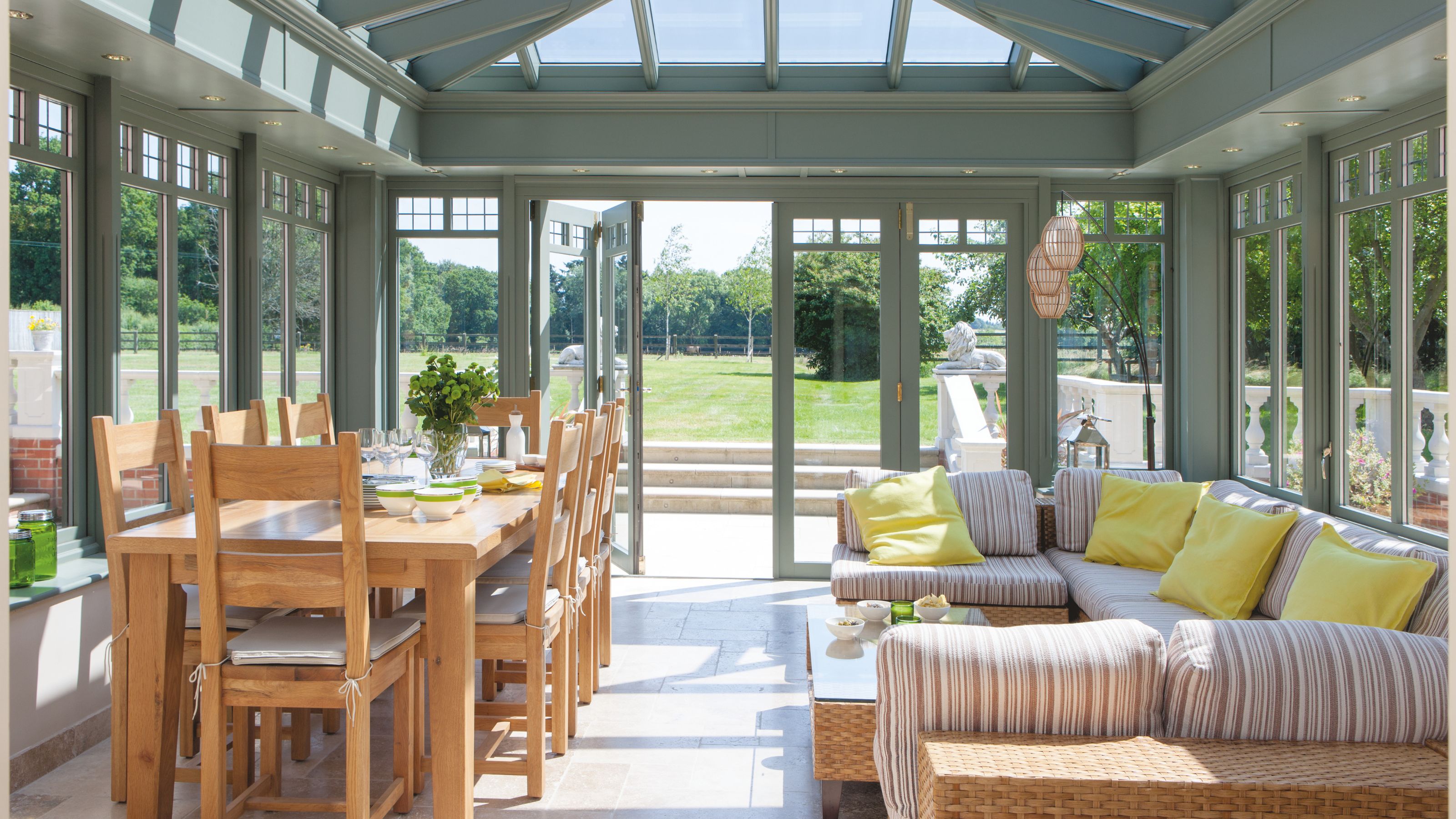

Conservatories and orangeries are popular options for extending a home. Either can provide a light-filled addition, but it pays to know the difference between conservatories and orangeries as one can make a better choice than the other.
In order to decide whether you should be planning a conservatory or an orangery for your home, there are a range of factors to consider. What the room is going to be used for, the addition’s appearance, its cost and more all count.
To help you come to the best decision, we’ve put together all the details you need on what makes conservatories and orangeries different from one another here.
What is the difference between a conservatory and an orangery?
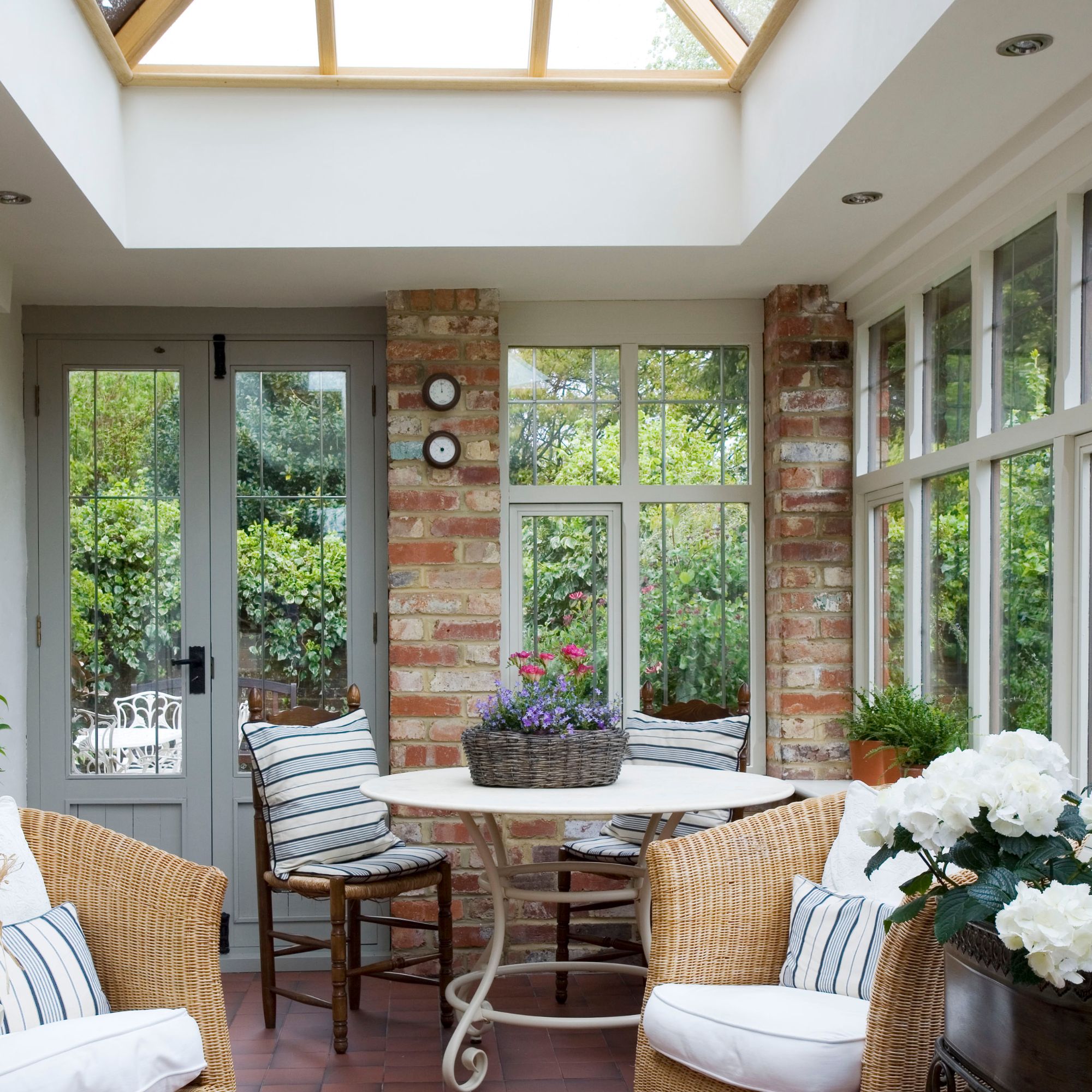
There’s no denying that conservatories and orangeries have plenty in common, but they aren’t the same and so it's important to understand the similarities and differences so you can make the right choice for your home.
This is where the main differences come into play:
- Style A conservatory tends to look different from the house onto which it’s built and can have a contemporary or period-style look. An orangery typically has a traditional appearance.
- Structure As the definitions note, both conservatories and orangeries are highly glazed. A conservatory, though, often has a low brick or stone base below a more delicate glazed structure, while an orangery is typically a somewhat more solid building.
- Roof The roof of a conservatory is typically fully glazed. Orangery ideas generally have a solid perimeter flat roof and a roof lantern (or more than one lantern). There is therefore less roof glazing in comparison.
- Sides The sides of both additions are also highly glazed but, once again, a conservatory tends to have more glazing with a lighter framework. An orangery typically has less glazing at the side and is a somewhat more substantial construction.
- Interior Inside, while both enjoy plenty of daylight, a conservatory is lighter and more open to its surroundings. The roof design of an orangery means it often has a ceiling around the room’s perimeter as well as internal columns, and both provide places to install different lighting options.
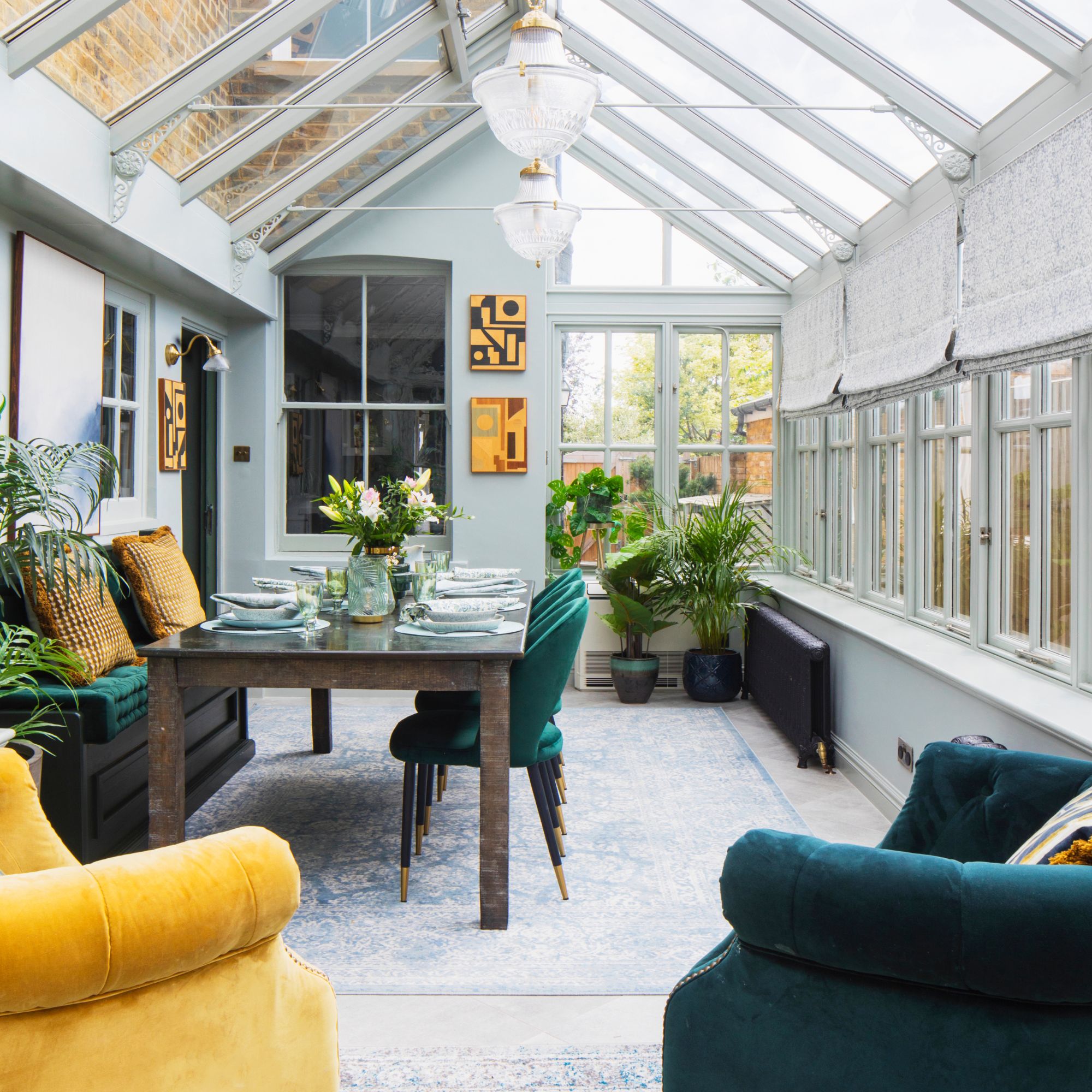
- Suitability In terms of use, both a conservatory and an orangery can create additional living or dining space for a home. The more substantial structure of an orangery can make some designs suitable as a kitchen extension as well.
- Connection To meet one of the criteria that exempts them from building regulations, conservatories are often separated from the rest of the house with an external quality door. Orangeries can also be exempt if they meet the same requirements, but are frequently open plan to the home.
- Lifespan Differences in how long conservatories and orangeries last are less about the type of addition than materials and quality of construction. ‘High quality materials combined with expert craftsmanship can significantly extend the longevity of either structure,’ explains James Watchorn, design and sales manager, Vale Garden Houses. ‘Conversely, lower quality additions or poorly installed structures may inevitably have a shorter lifespan, regardless of whether the building is a conservatory or an orangery. Proper maintenance and thoughtful design also play key roles in ensuring durability over time,’ he adds.

James Watchorn leads the design department for Vale Garden Houses, designing conservatories, orangeries and extensions and has worked on many heritage buildings and influential projects across the United Kingdom.
Which is cheaper – an orangery or a conservatory?
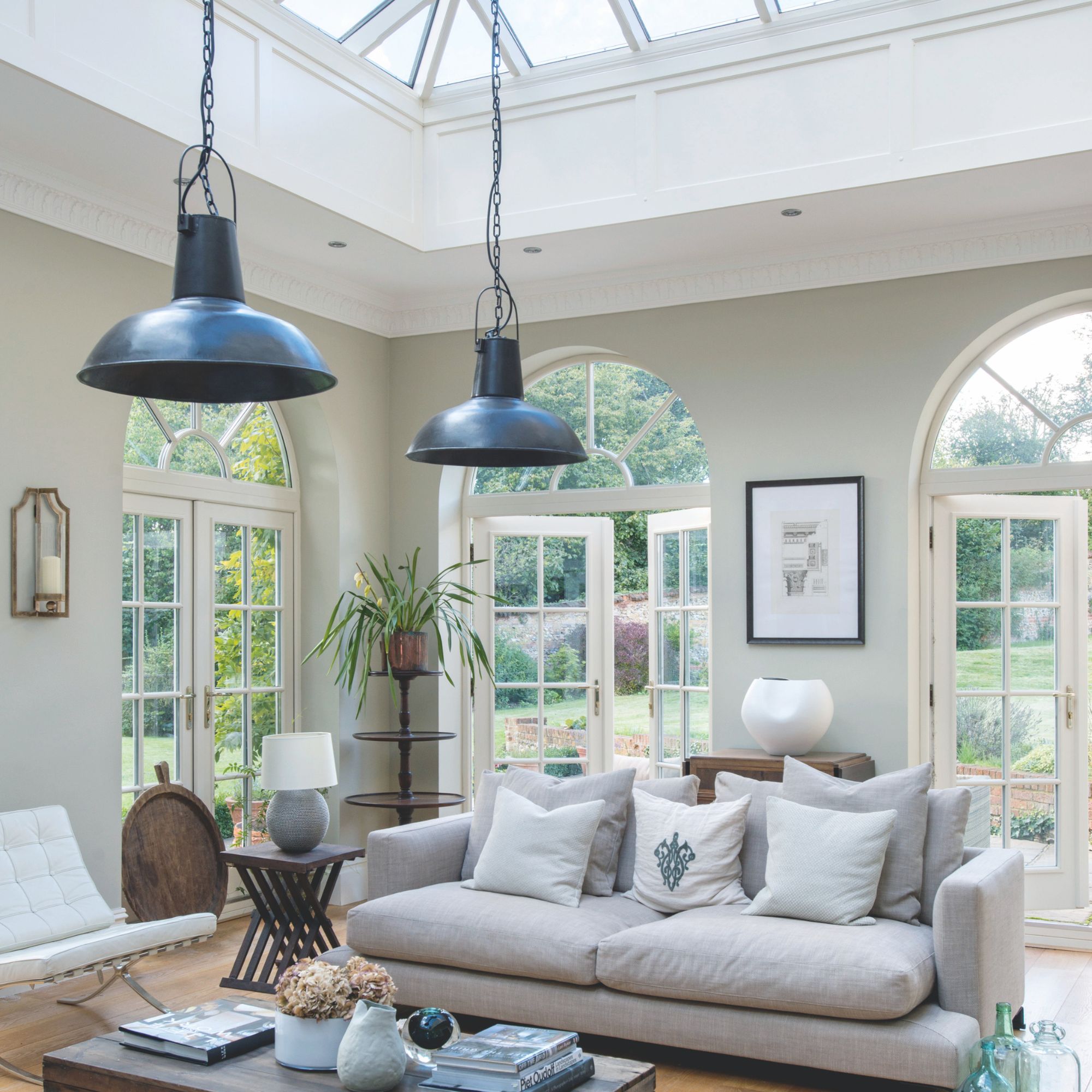
Typically, bringing your conservatory ideas to life is cheaper than an orangery with a small lean-to conservatory in uPVC costing from around £7,000 for the windows, doors and roof for DIY installation, which would also require building the base and dwarf wall. With installation expect to pay from around £12,000. Supply and build of a small hardwood design might cost from £30,000.
An orangery is more of an investment as a rule with prices starting from around £35,000 for supply and build although the cost can be considerably higher than this.
Get the Ideal Home Newsletter
Sign up to our newsletter for style and decor inspiration, house makeovers, project advice and more.
The dimensions of either will, of course, affect what you pay, and there are additional factors. ‘The cost of a conservatory or an orangery is primarily influenced by design choices and materials rather than the strict definition of each structure,’ explains James Watchorn. ‘Costs for both can vary significantly based on factors such as size, quality of materials, and the introduction of bespoke or ornate design elements.’
And your spend over the years is likewise more a question of quality than whether the building is a conservatory or an orangery. ‘Ongoing maintenance costs also depend on the materials used,’ explains James. ‘High quality frames and glazing can reduce long term upkeep for both structures.’
Which offers better value for money – a conservatory or an orangery?
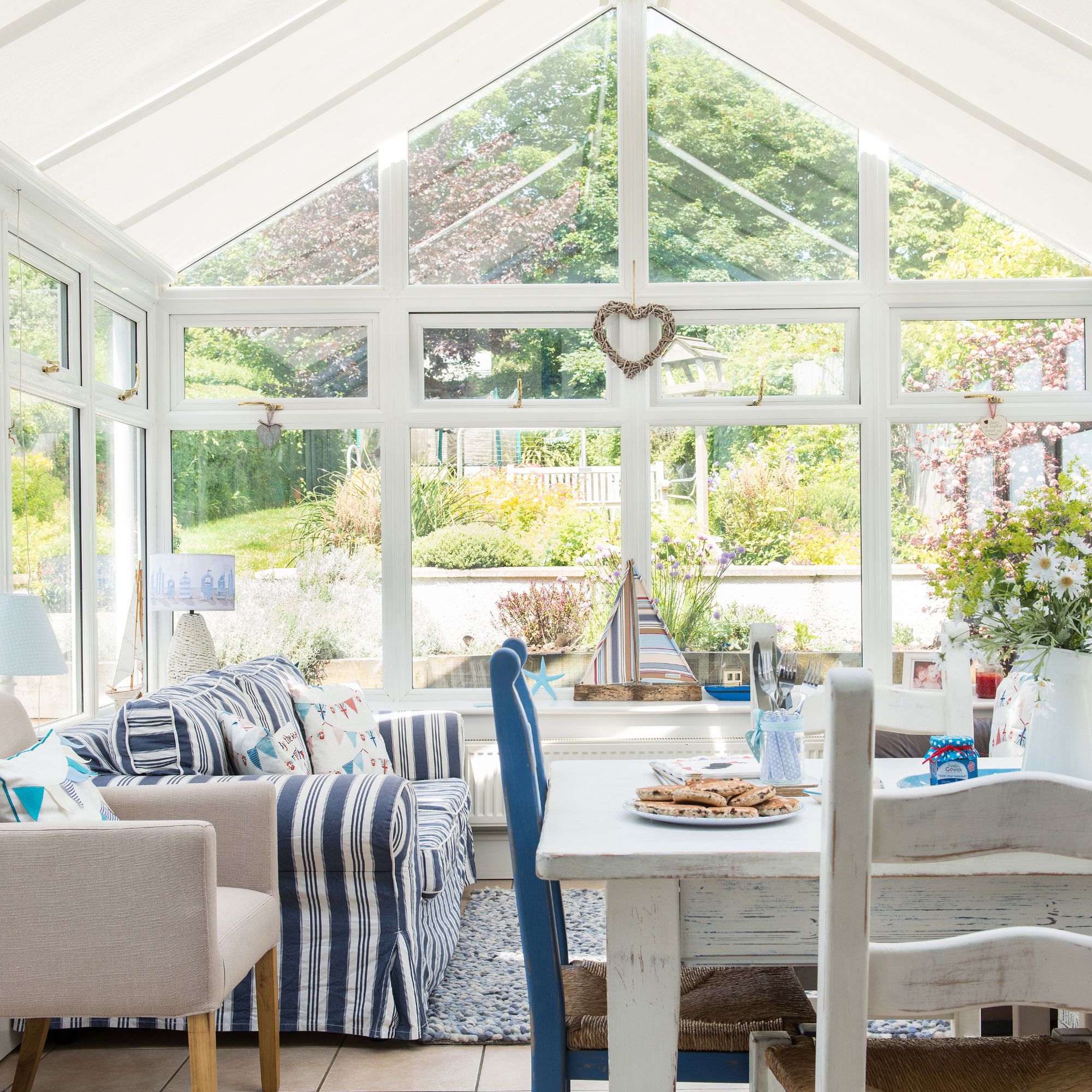
Whether a conservatory or orangery offers better value for money is dependent on what you want to use the room for. If the space is to be an additional living room or dining room, as it’s typically the lower cost option, a conservatory could prove the optimum choice.
With more masonry and therefore generally superior insulation an orangery is more versatile in its uses, providing year-round comfort. But because an orangery is likely to be more expensive, how the room is used and how much of the time will determine if investing more is worthwhile.
Either could add value to a home but not by the same amount. ‘Orangeries tend to have a greater impact due to their construction and more year-round usability,’ says Robin Edwards, partner at Curetons. ‘A well-designed, modern conservatory could add around 5 to 10 per cent to a home’s value, whereas an orangery with its more integrated design could increase value by 10 to 15 per cent.’

Robin Edwards is a partner at property buying agents Curetons and has been working in prime residential property for nearly 20 years. He regularly advises clients on the purchase and development of properties, including on the potential of renovating and extending their homes.
Is an orangery warmer than a conservatory?
As a more substantial addition an orangery is better insulated than a room that is essentially fully glazed. With its higher proportion of glass, a conservatory is less efficient at retaining heat in comparison.
It is the case that well designed modern conservatories are constructed with much more energy efficient glazing than they were in previous generations but an orangery’s build does make it warmer by its nature.
If you decide to opt for a conservatory, and want it to be usable all year-round, it can help to know what you can do to keep a conservatory cool in the summer.

Sarah is a freelance journalist and editor. Previously Executive Editor of Ideal Home, she’s specialised in home improvement, interiors, gardens and property for over 25 years. As well as writing about home improvements including extensions, loft, basement and garage conversions, fitting new kitchens and bathrooms, installing new windows and doors and making eco-friendly upgrades, Sarah has taken on a range of projects in her own homes and she is a serial house renovator.
You must confirm your public display name before commenting
Please logout and then login again, you will then be prompted to enter your display name.
-
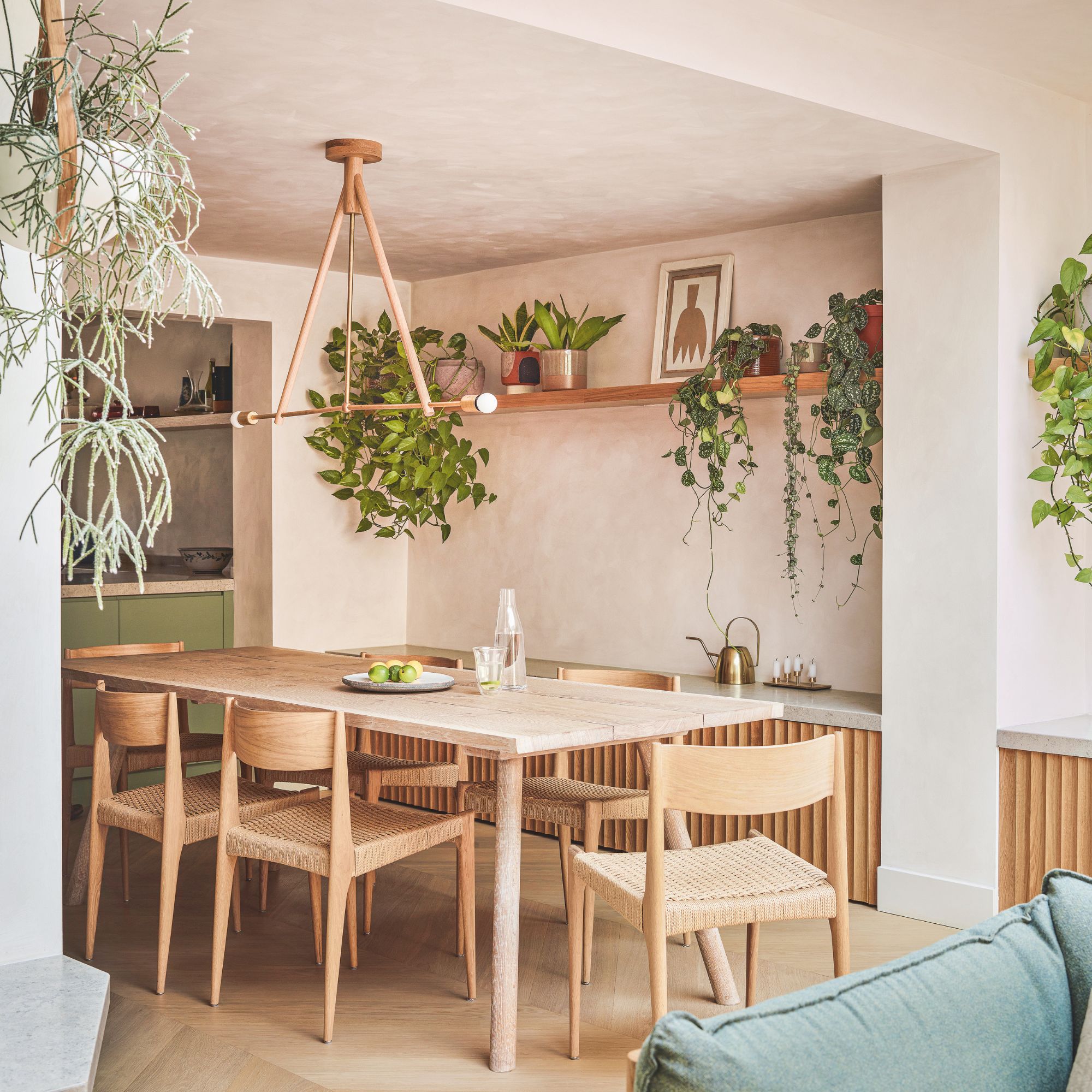 Experts warn these flooring choices will make it harder to sell your home — why it may pay off (quite literally) to replace them before you move
Experts warn these flooring choices will make it harder to sell your home — why it may pay off (quite literally) to replace them before you moveCertain flooring choices can increase the value of your home by up to 5%
By Lauren Bradbury
-
 I tried Gozney's new Tread pizza oven – it's ultra-thin pizza stone means it heats up seriously fast
I tried Gozney's new Tread pizza oven – it's ultra-thin pizza stone means it heats up seriously fastThe much-awaited portable oven from the brand has arrived. But is it any good? I tested it to find out
By Molly Cleary
-
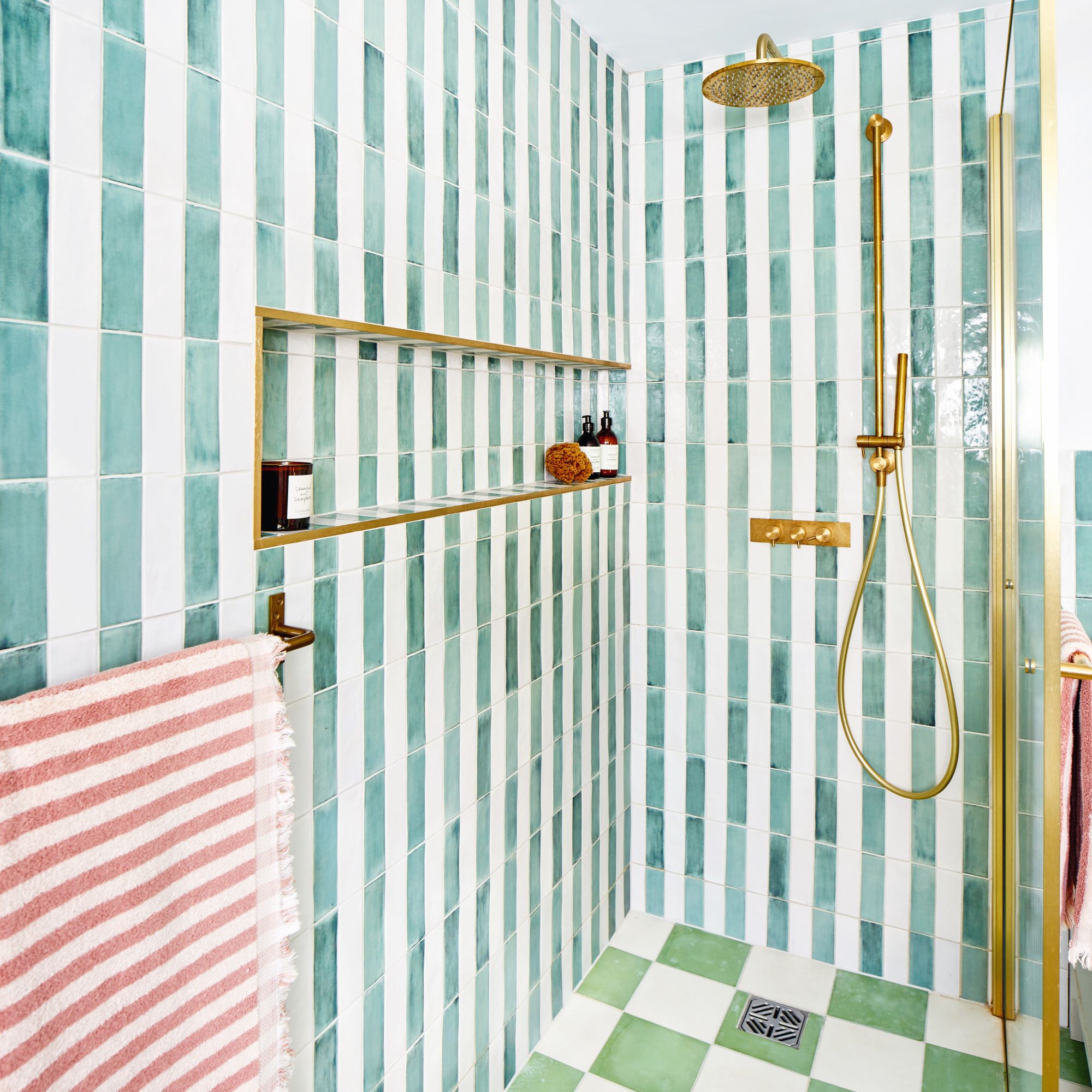 Is a shower ledge better than a shower niche? I asked bathroom experts why this storage option reigns supreme
Is a shower ledge better than a shower niche? I asked bathroom experts why this storage option reigns supremeIt's the best way to store your shampoo and conditioner stylishly
By Holly Cockburn